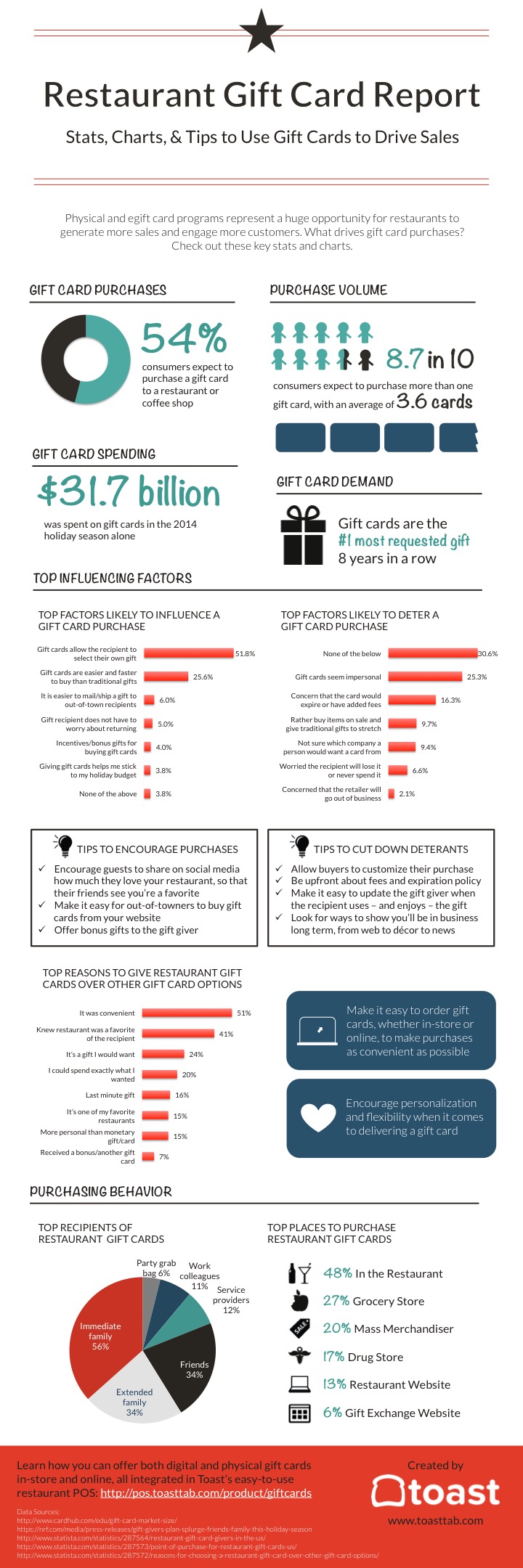The History of Glass Engraving
Established in the Middle East and Egypt on hardstone, copper wheel etching endured as a craft in seventeenth century Bohemia and Dresden on glass. It was used for a range of objectives, including portraying the royal double-headed eagle (Reichsadlerhumpen) and allegorical motifs.
Engravers of this period gradually deserted straight clarity in favour of crosshatched chiaroscuro impacts. A couple of engravers, such as Schongauer and Mantegna, dealt with glass with a sculptural feeling.
Old Art
By the end of the 17th century, nonetheless, diamond-point engraving was being replaced by wheel engraving. 2 remarkable engravers of this period are worth reference: Schongauer, that elevated the art of glass engraving to match that of paint with jobs like Saint Anthony Tortured by Demons, and Mantegna, that shaded his drawings with short doodled lines of differing size (fig. 4) to attain chiaroscuro results.
Other Nuremberg engravers of this time included Paul Eder, who excelled in fragile and little landscapes, and Heinrich Schwanhardt, that engraved inscriptions of fine calligraphic high quality. He and his kid Heinrich additionally created the strategy of etching glass with hydrofluoric acid to generate an effect that appeared like glass covered in ice. The etched surface can then be reduced and inscribed with a copper-wheel. This technique is used on the rock-crystal ewer revealed below, which integrates deep cutting, copper-wheel engraving and polishing. Recognizing the inscribing on such pieces can be difficult.
Venetian Glass
When Venice was a European power, Venetian glassmakers took the lead in lots of high value-added industries. Unlike textiles and style, glassmaking preserved a tradition of innovative techniques. It likewise brought seeds of the decorative splendour personified in Islamic art.
However, Venetian glassmakers were not eager to share these concepts with the remainder of Europe. They maintained their craftsmen cloistered on the island of Murano so they would not be influenced by new trends.
Even though demand for their product ebbed and flowed as preferences transformed and competing glassmakers arised, they never ever shed their attract affluent clients of the arts. It is therefore no surprise that engraved Venetian glass appears in various still life paints as a sign of luxury. Frequently, a master gem cutter (diatretarius) would cut and decorate a vessel initially cast or blown by another glassworker (vitrearius). This was an expensive endeavor that called for great ability, perseverance, and time to generate such in-depth work.
Bohemian Glass
In the 16th century, Bohemian glassmakers adapted the Venetian recipe to their own, developing a much thicker, more clear glass. This made it much easier for gem-cutter to carve in the same way they carved rock crystal. Additionally, they developed a technique of cutting that allowed them to make really thorough patterns in their glasses.
This was complied with by the production of colored glass-- blue with cobalt, red with copper and light environment-friendly with iron. This glass was preferred north of the Alps. Furthermore, the slender barrel-shaped goblets (Krautstrunk) were additionally prominent.
Ludwig Moser opened a glass design workshop in 1857 and succeeded at the Vienna International Exhibit of 1873. He established an entirely integrated factory, offering glass blowing, brightening and etching. Until the end of World War II, his company controlled the market of engraved Bohemian crystal.
Modern Craft
Engraving is just one of the earliest hand-icraft techniques of ornamental refinement for glass. It demands a high level of accuracy as well as an artistic creative imagination to be efficient. Engravers should likewise have a sense of make-up in order to tastefully integrate shiny and matte surface areas of the cut glass.
The art of engraving is still alive and growing. Modern methods like laser engraving can attain a higher degree of detail with a better rate and accuracy. Laser modern technology is likewise able to generate styles that are much less prone to cracking or cracking.
Inscription can be utilized for both commercial and ornamental purposes. It's prominent for logos and hallmarks, as well as attractive embellishments for glass wares. It's likewise a popular way to include personal messages or a victor's name to trophies. It is essential to note that this is a dangerous job, so you should always utilize the ideal safety equipment like safety glasses and a respirator engraved vs etched explained mask.

Comments on “How To Design A Time Capsule Using Glass”